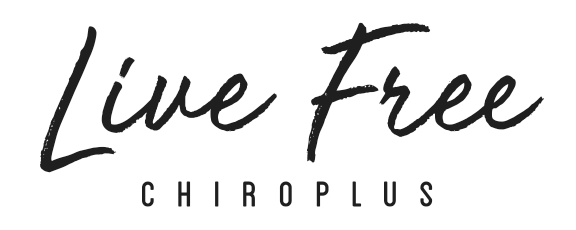Tiny Habits, Big Results
Winners and losers have the same goals…– James Clear
We all have goals throughout life. It’s almost human nature for us to set goals. Think New Year Resolutions, business goals, financial goals, weight loss goals, or goals for a sporting season. However, if setting appropriate goals was all that was needed, all of our bank accounts would be full, our weight on the scale would be just right, our team would win every championship and our jobs would leave us feeling fulfilled and happy.
The problem with a goals-based approach is that we only focus on the successes and seem to forget (or worse not learn from) the failures.
Setting goals doesn’t help us accomplish anything, it is our habits and behaviors that we perform every day that will determine our future. Aristotle said,
“We are what we repeatedly do, therefore excellence is not an act, but a habit.”
There is nothing more powerful than a good habit, and nothing more detrimental than a bad one. We are what we do, and what we do determines who we can be. In these crazy times, forming good habits may have never been more important; but how do we set ourselves up to create good habits that last?
BJ Fogg, PhD, is a behavior scientist at Stanford and author of the book Tiny Habits: The Small Changes That Change Everything. After years of researching human behavior, Dr. Fogg has come up with a formula, or recipe as he likes to call it, that helps us develop habits that will actually stick without relying on motivation or large amounts of self-discipline. BJ’s Tiny Habit recipe has three main elements:
1. A Truly Tiny Habit Action
2. A Specific, Concrete Anchor
3. A Genuine Celebration
I gave BJ’s 5-day course a try to see for myself.
The first part of the recipe is making a truly tiny habit. The key word being “tiny.” The habit should take 30-seconds or less, and only take 1 to 2 action steps with little to no effort. It should be so easy, it’s almost impossible to fail. Motivation is a fluctuating thing, so in order to make the habit automatic, it needs to be tiny enough so that even on unmotivated or busy days it is not a stress to complete. Per the suggestion of the course, I chose three habits to start with. I wanted to drink water early in the morning, stretch my calves more frequently, and use a productivity app more while I was working.
The second part of the recipe is a specific and concrete anchor. An anchor is an established habit you already do (i.e. brushing your teeth, going to the bathroom, getting out of bed…) So instead of using alarms or reminders to do your habit, your anchor becomes your reminder. You just do the tiny behavior whenever (usually right after) you do your anchor habit. You want to make sure your anchor is something that matches the frequency of the habit you want to perform (once a day or multiple times a day). Also, that it is conveniently matched together (if there are too many steps from the anchor to the tiny habit, the greater the probability the habit won’t stick). For my water drinking habit I chose when I make coffee. So, when I’m finished making coffee, I’ll have finished one bottle of water (the making of the coffee matched the frequency and timing I wanted). For my calf stretching, I need something more frequent. So, whenever I visit the bathroom, I stretch my calves for 30-seconds (bonus: my first habit, increases the frequency of my second habit). My last habit became when I log into my computer. I open my BeFocused App (a Pomodoro Technique app). I just have to open it. If I open it but don’t use it, it still counts (making it Tiny!)
The third and final step of the recipe is a genuine celebration. This part I had the most skepticism about, but ended up being my favorite part. BJ summarizes his research in three words: Emotions create habits. You want to celebrate your doing this new habit and feel a positive emotion so that the brain “rewires” to remember the behavior. The research showed the stronger the emotion, the more deeply your brain “rewires”. So, the bigger the celebration the more likelihood for the habit to stick. It was the single biggest predictor of whether a habit stuck or not (the more genuine the emotion, the better it stuck). This part ended up being a lot more fun than I expected. There were plenty of “good jobs” under my breath and silent fist pumps, but the sports loving side of me brought out plenty of fist pumps with the intensity of Tiger Woods at the Masters, or doing the “discount double check” championship belt celebration. It made making the new habits a lot of fun, instead of feeling like a chore.
I finished the week doing all the habits/behaviors every day.
Overall, I was thrilled with the 5-day experiment and will continue to practice for the foreseeable future. Our habits are our system of living. It’s not that goals are not important. They give us the direction we want to aim for, but our systems will determine if we get there. As James Clear says,
“You choose the future with your actions each day.”
In this challenging season, setting good habits has probably never been more important. So, find where you can make some tiny changes, where you can anchor them in your day, and celebrate your way to Living Free!
Want to receive this blog straight to your inbox? Sign up for our monthly newsletter!
Are you following us on social media?



